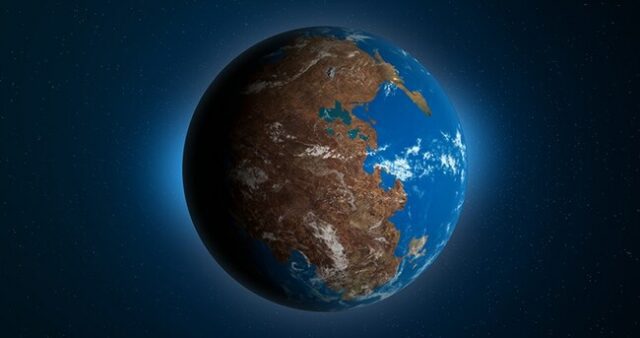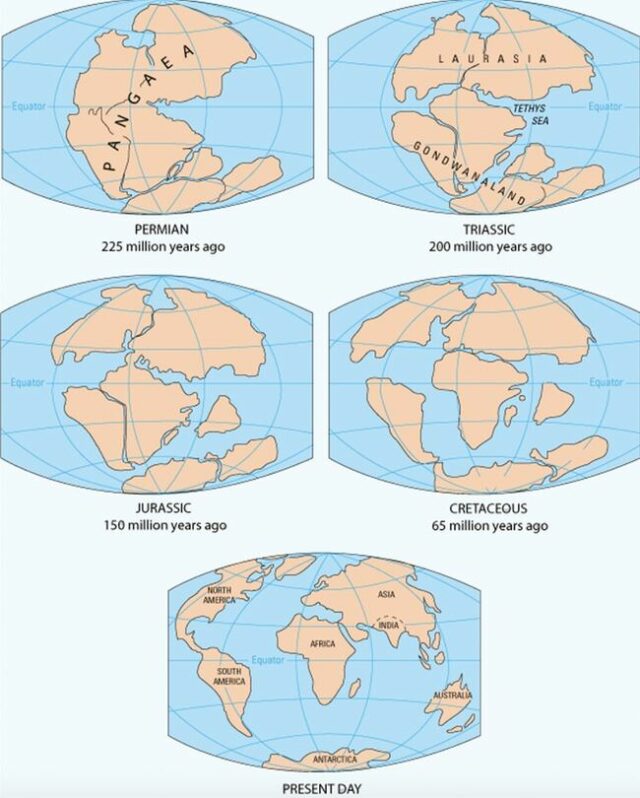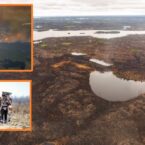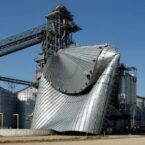
Take a moment to envision Earth 250 million years from now, a world dramatically different from today. As continental drift continues its relentless course, the scattered continents we know today will once again converge into a supercontinent. The process is far from uniform, leading to various possible configurations. One potential scenario, Aurica, envisions a vast equatorial landmass, while Amasia would see the continents clustering around the North Pole, leaving Antarctica isolated at the South Pole. Novopangea proposes the closure of the Pacific Ocean, while Pangea Ultima (or Proxima) imagines a configuration where the continents coalesce around a central ocean. This potential supercontinent, Pangea Proxima, harkens back to ancient Pangea, reminding us that Earth’s surface is perpetually reshaping itself through tectonic forces.


















